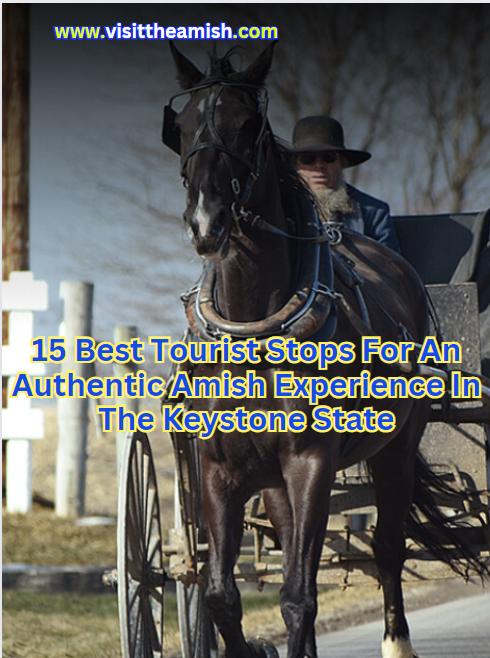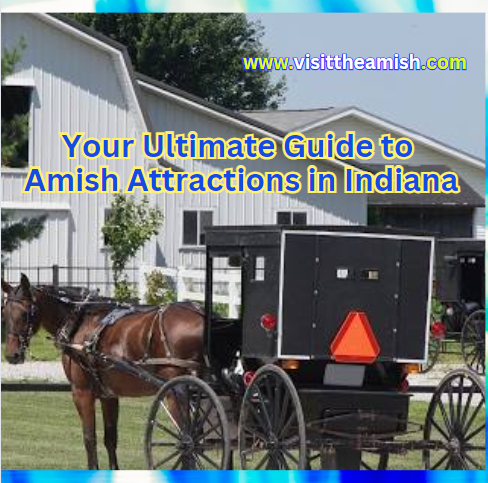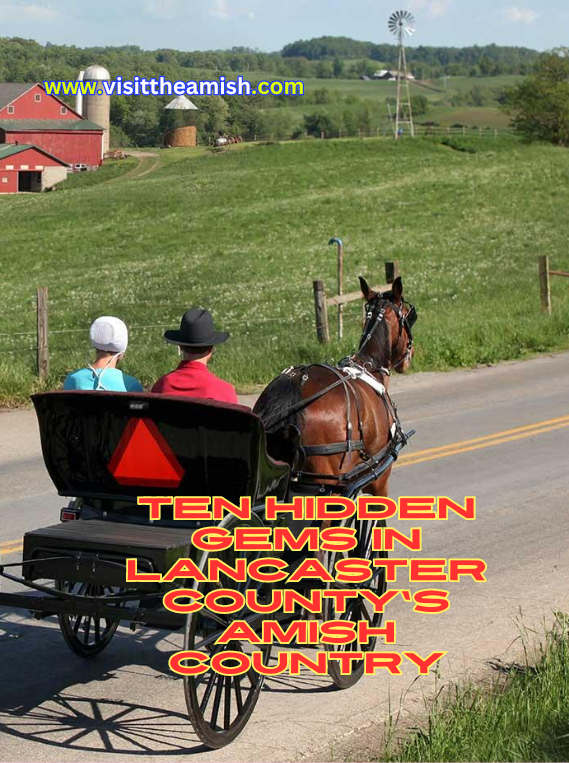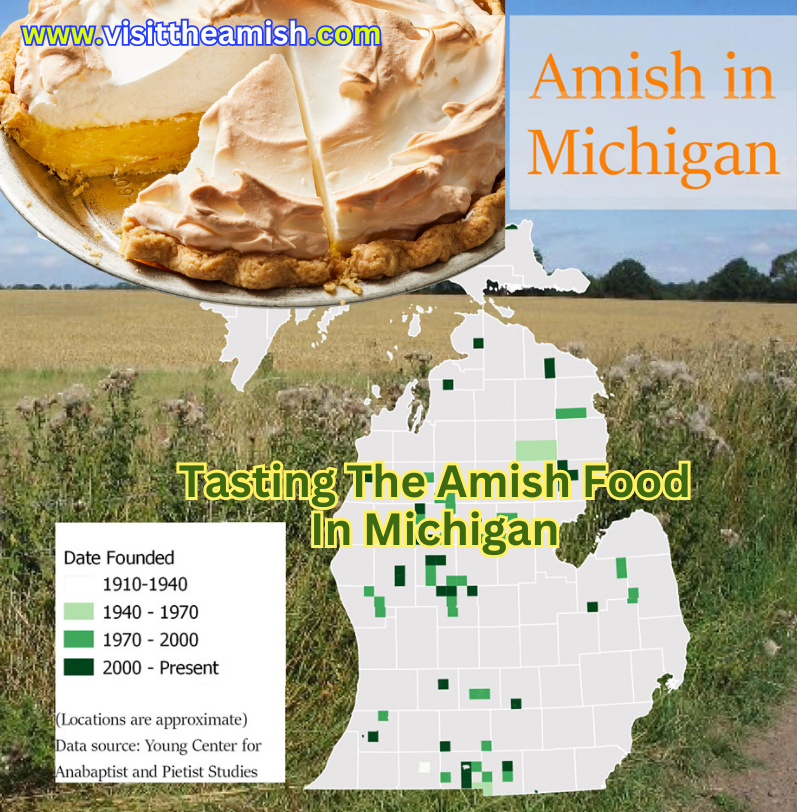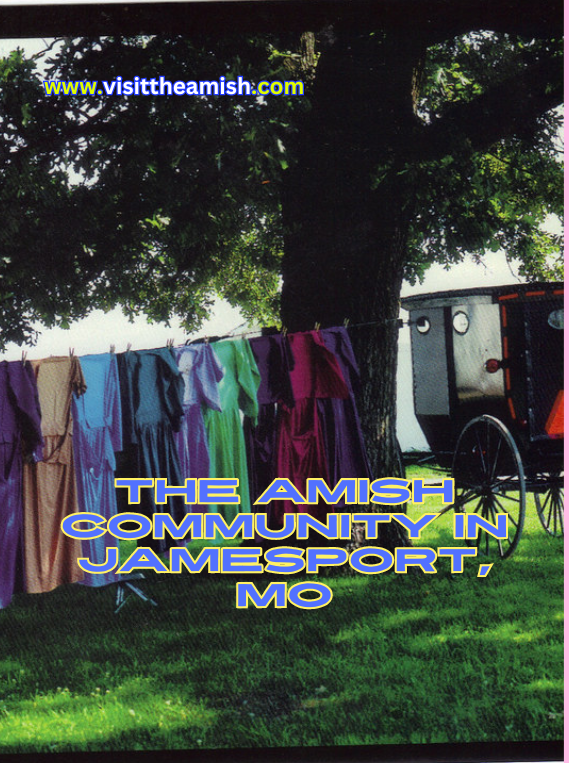If you’re fascinated by Amish culture and looking to explore it in Illinois, you’re in for a treat. Here are the 5 best tourist stops for an authentic Amish experience in the Land of Lincoln:
1. Arthur, Illinois

Your journey into Illinois Amish Country should begin in Arthur, the heart of the state’s largest Amish settlement. As you drive into town, you’ll be greeted by the sight of horse-drawn buggies clip-clopping down the streets[1]. Start your visit at the Arthur Visitors’ Welcome Center, where you can pick up brochures and get recommendations for local attractions.
Stroll through downtown Arthur, where you’ll find charming shops selling Amish-made goods, cheese, and antiques. Don’t miss the old-fashioned combination drugstore and soda fountain for a nostalgic treat[2].
For a truly immersive experience, inquire at the local furniture store about the opportunity to enjoy a home-cooked meal in an Amish home. While these meals are typically reserved for larger groups, you might be able to join an existing reservation if space allows[2].
2. Illinois Amish Heritage Center
Just outside Arthur, you’ll find the Illinois Amish Heritage Center. This living history museum offers a unique glimpse into Amish life past and present. Here, you can explore a historic farm and visit the oldest Amish house in the state[1]. The center provides an excellent opportunity to learn about Amish culture, traditions, and their way of life in Illinois.
3. Yoder’s Kitchen, Arthur
No visit to Amish country is complete without sampling the delicious, hearty cuisine. Make your way to Yoder’s Kitchen in Arthur for an authentic Amish dining experience[1]. Here, you can indulge in home-style cooking featuring fried chicken, dumplings, and an array of freshly baked pies. The restaurant also offers a gift shop where you can purchase Amish-made products to take home.

4. Amish Country Tours, Arthur
To get a more in-depth look at Amish life, consider booking a guided tour with Amish Country Tours in Arthur. These tours often include visits to Amish farms and businesses, providing you with the opportunity to see firsthand how the Amish live and work. You might even get to witness activities like milking time on a working farm[4].
5. Arcola, Illinois
Your final stop should be Arcola, another charming town in Illinois Amish Country. Here, you can visit the Amish Interpretive Center to learn more about Amish history and culture. Take a stroll down Main Street to admire the town’s unique Walldog murals, which depict local history and Amish scenes[1].
Don’t forget to stop by some of the local Amish-owned businesses, such as country stores and bakeries. These shops offer a wide range of handcrafted goods, from furniture to quilts, as well as delicious baked treats and preserves.
As you explore these Amish communities in Illinois, remember to be respectful of their customs and way of life. Most Amish businesses are closed on Sundays, and many don’t accept credit cards, so be sure to bring cash[5]. Also, always ask permission before taking photographs, especially of Amish individuals.
When visiting Arcola, Illinois, you’ll discover a charming town rich in history and unique attractions. Here are some must-see spots that will enhance your experience in this delightful community:
1. World’s One and Only Hippie Memorial
Start your exploration at the World’s One and Only Hippie Memorial, located near the Tourist Information Center. This quirky memorial celebrates the spirit of the 1960s and is a fun photo opportunity. The memorial features colorful artwork and is a testament to the town’s eclectic character, making it a great conversation starter as you delve into Arcola’s local culture.
2. Aikman Wildlife Adventure
For a family-friendly outing, head to Aikman Wildlife Adventure, just a short drive from downtown Arcola. This unique drive-through wildlife park allows you to see exotic animals up close from the comfort of your vehicle. You can also explore the walk-through park and petting zoo, making it a perfect spot for children and animal lovers alike. The recently expanded Museum of Prehistoric Life adds an educational twist, showcasing fascinating exhibits that will captivate visitors of all ages.
3. The Walldog Murals
As you stroll through downtown Arcola, don’t miss the Walldog Murals. These 17 vibrant murals are painted on buildings throughout the town, each telling a story about Arcola’s history and culture. You can pick up a guide at the Tourist Information Center to learn more about the murals, including those that depict local legends like Johnny Gruelle, the creator of Raggedy Ann and Andy. This artistic trail adds a colorful backdrop to your visit and is perfect for a leisurely walk.
4. Historic Illinois Central Train Depot
Next, visit the Illinois Central Train Depot, which houses the Tourist Information Center and a small museum. This historic building is a great place to learn about Arcola’s past and pick up brochures for local attractions. Inside, you’ll find exhibits that highlight the town’s history and its significance in the development of the region. The depot itself is a charming piece of architecture that reflects the town’s heritage.
5. Carnegie Library
Finally, stop by the Carnegie Library, a beautifully preserved building listed on the National Register of Historic Places. This classic revival structure is not only a functional library but also a piece of history. Take a moment to appreciate its architectural details and enjoy the peaceful atmosphere. The library often hosts community events and programs, so check their schedule for any activities that might coincide with your visit.
As you explore Arcola, immerse yourself in the local culture and be sure to respect the community’s traditions, especially in areas where Amish influence is prominent. Each of these attractions offers a unique glimpse into the heart of Arcola, making your visit a memorable one.
By visiting these five locations, you’ll gain a deep appreciation for Amish culture and craftsmanship while enjoying the beautiful rural landscapes of Illinois. Each stop offers a unique glimpse into the simple, traditional lifestyle of the Amish, making for an unforgettable Illinois adventure.
Citations:
[1] https://www.onlyinyourstate.com/illinois/amish-country-il/
[2] https://www.justbeeblog.com/visiting-the-amish-community-of-arthur-illinois/
[3] https://www.enjoyillinois.com/explore/listing/illinois-amish-country/
[4] https://amishamerica.com/amish-tourism/
[5] https://www.amish365.com/where-are-the-amish-in-michigan/
[6] https://leisuregrouptravel.com/home-style-cooking-the-amish-way/
[7] https://www.onlyinyourstate.com/trip-ideas/michigan/amish-town-mi
[8] https://en.wikipedia.org/wiki/Amish


